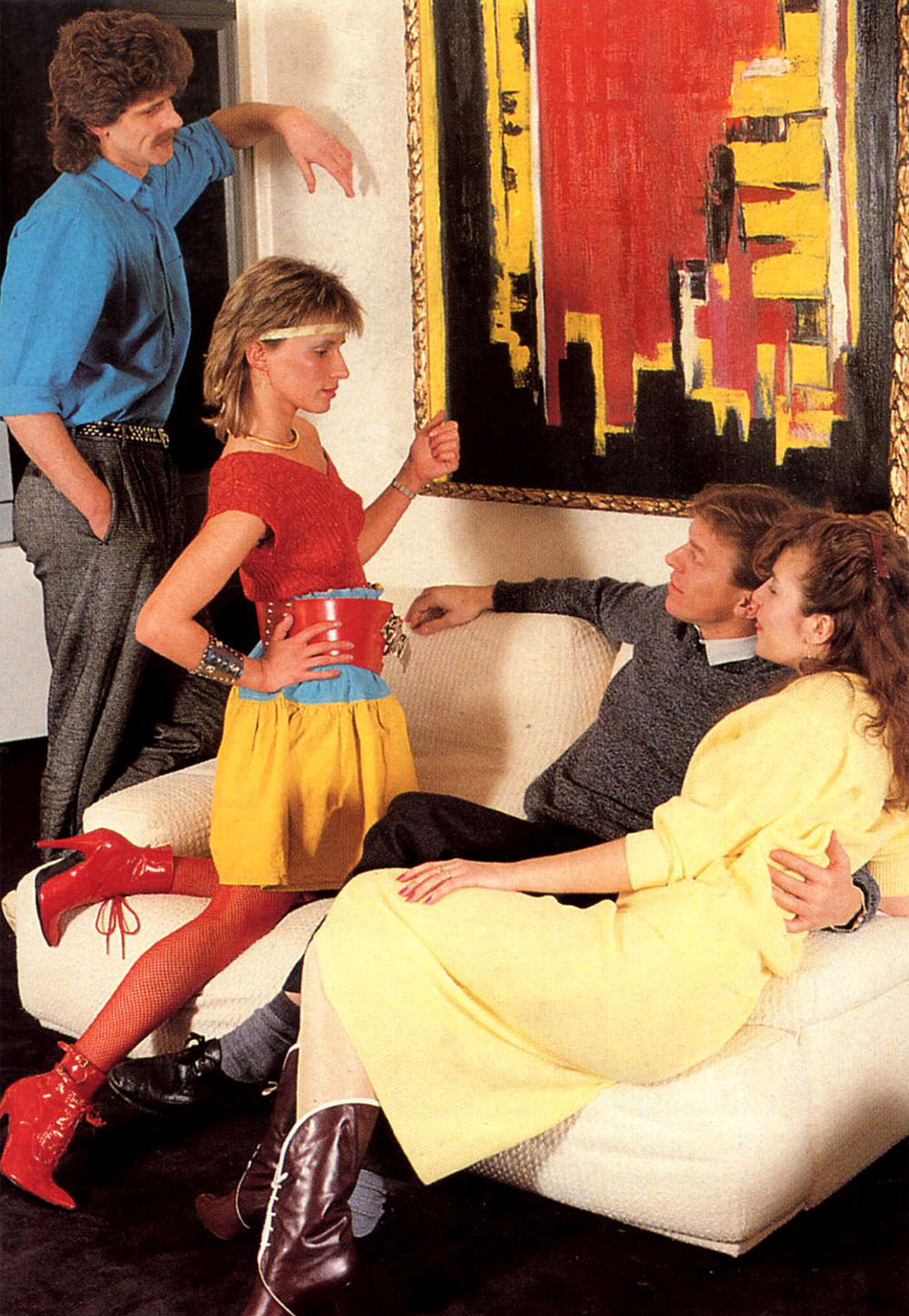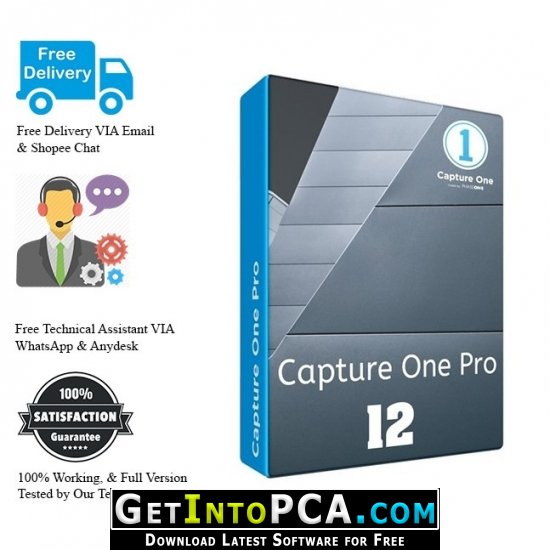Capture One and Affinity Photo are powerful milky way photo editing tools. Combining them adds a whole new dimension to milky way photography. Check out this edit walk through of a milky way photo on Padre Island National Seashore.
Editing Milky Way Photos with Capture One and Affinity Photo
Capture One is my go-to raw editor. I love it’s configurable interface. And, most of all, I love how good my images look with minimal work. When shooting at high ISOs, noise can be an issue even on the best camera. After the initial raw processing in Capture one, I export the images to Affinity Photo for more advanced processing.
Quick tip on getting past an obstacle in the default settings of Affinity Photo that might prevent people from doing roundtrip edits with Capture One (or any. Our applications work with Adobe Photoshop, Lightroom, Capture One, Affinity Photo, Corel Paintshop Pro, and Apple Photos. Get the most out of your photo editing experience with the ON1 Professional Plugins. ON1 Effects 2021. ON1 Resize 2021. When comparing Affinity Photo vs ACDSee, the Slant community recommends ACDSee for most people. In the question 'What are the best Mac OSX apps for someone that's new to Apple?' ACDSee is ranked 15th while Affinity Photo is ranked 16th. Capture One Pro. In this video, I answer one of the most common questions I get about working in both Capture One Pro and Affinity Photo.If you find value in my content and w. I use Affinity Photo instead of Photoshop, so I’ll stay with the TIFF with layers stored inside. But it seems, that Capture One doesn’t like some TIFFs including these with layers stored – it becomes really slow in folders with TIFF files, rendering preview takes.

Image Stacking Noise Reduction
This milky way photo is a part of a sequence of images. Therefore, I am able to use image averaging to remove noise in the static areas.
Noise should be randomly distributed. That means any set of frames will exhibit random shifts in the color or luminescence of each pixel. The better the sensor, the smaller the variation between frames, and the closer to the “real” value the pixels will be. However, noise *should* be normally distributed around the “real” value.
When you capture a set of frames of the same scene, you have essentially increased the size of the data set. We can apply some very basic statistics and determine the most likely “real” value for each pixel. You could even calculate your confidence interval if you wanted. That is a complex way of saying that when you have 5, 10 or 20 frames of the same subject, as we do with a time lapse like this, we can average them together and remove noise.
By averaging the frames, the noise will cancel out statistically. And, unlike most noise reduction techniques, image averaging actually approaches the real value instead of selectively blurring differences. Real variation, such as fine details, remain and even become more distinct while random variations diminish. The more images you average the closer the results are to the “real” values presented to the camera.
I used image stacking noise reduction on the beach and water. They were the only elements of the image that remained the same from frame to frame.
Affinity Photo Edit
Frequency Separation Noise Reduction
Photographers normally use frequency separation for portrait retouching. The photographer splits the image into two layers. The high frequency layer contains all the “rapid” changes in pixel values. The low frequency layer contains all the “slow” changes in the pixels.
By separating these two types of information, a photographer works independently on different aspects of an images. For portraits, the high frequency layer usually contains all the information about pores, clothe texture and other fine details. The low frequency layer contains broader information like tone and color for entire regions of the image.

For this image, we use frequency separation in a totally different way. By separating the high and low frequency information of the image we can selectively mask out the high frequency information. This is a powerful technique for selectively blurring portions of the image.
The photographer can leave the image unchanged by not masking out the high frequency layer. However, to smooth noise, the photographer need only mask out the high frequency layer using a black or grey brush. This omits the high frequency changes. Rapid shifts in color and tone do not occur in those areas.
That allowed me to remove the blotchiness in the clouds that increasing the contrast caused.
Simple Noise Reduction
I don’t normally use general noise reduction filters because they tend to blur out details and make an image look plastic. In the case of the background sky, the general noise reduction filter in Affinity does a pretty good job.

I selectively applied noise reduction to just the clear part of the sky by taking advantage of Affinity’s filter masking system. Each filter you apply is also a masking layer. Select a filter and paint in black, grey or white. The closer to white the filter is, the stronger the filter is applied. Black pixels disable the filter on those pixels.
I applied the noise reduction strongly to the sky. Because the stars are such distinct feature on a dark background it does a good job of only removing actual noise and not detail.
Capturing Milky Way Photos – The Importance of Foreground
The milky way is invariant from a humans point of view. Other than it’s relative position in the sky, it doesn’t really change. That poses some interesting problems for photographers. Foreground becomes the defining characteristic in the image. On Padre Island’s beech, the sand and water are flat and uniform. The milky way is to the south, over the ocean.
Capture One Pro And Affinity Photo
The addition of blowing clouds makes this image. They add a middle ground element and a sense of motion. So, don’t think clouds will prevent astrophotography. As long as the sky can peak through some of the clouds, they can add a key element to your photo.
For those that are wondering, this image was taken using a venerable Nikon D3s with the Nikon 14-24mm f/2.8G ED lens. The settings were ISO3200, f/2.8, 30 seconds.

Andrew is a photography instructor teaching students of all skill levels in Austin, TX through Precision Camera and independently in San Diego, CA. He runs workshops around the United States.
He is a self taught experiential learner who is addicted to the possibilities that new (to him) gear open up. He loves to share the things he has worked out. Andrew started with a passion for landscape and night photography and quickly branched out to work in just about every form of photography. He is an ex-software developer with extensive experience in the IT realm.
Affinity Photo Review
Andrew is a full time wedding and commercial photographer in both Austin and San Diego. Andrew is a club founder and multi-time past president of North Austin Pfotographic Society.
